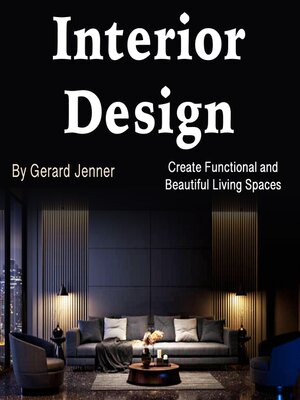Interior Design
audiobook (Unabridged) ∣ Create Functional and Beautiful Living Spaces
By Gerard Jenner

Sign up to save your library
With an OverDrive account, you can save your favorite libraries for at-a-glance information about availability. Find out more about OverDrive accounts.
Find this title in Libby, the library reading app by OverDrive.



Search for a digital library with this title
Title found at these libraries:
| Library Name | Distance |
|---|---|
| Loading... |
This audiobook is narrated by a digital voice.
The morning light filtering through the floor-to-ceiling windows of the hospital's new pediatric wing created patterns of warmth and shadow that seemed to calm both children and their anxious parents, a carefully orchestrated effect that interior designer Maria Santos had achieved through months of research into how color, texture, and lighting could reduce stress and promote healing in medical environments. As she watched a young patient smile at the whimsical cloud formations painted on the ceiling tiles, Maria understood that her profession involved far more than arranging furniture and selecting color schemes; it required deep understanding of how designed environments affect human psychology, behavior, and well-being.
Interior design operates at the intersection of art and science, combining aesthetic sensibility with practical knowledge about how people interact with their environments while addressing fundamental human needs for safety, comfort, functionality, and beauty. Effective interior design goes beyond surface decoration to create spaces that support and enhance the activities that take place within them while reflecting the personalities, values, and aspirations of the people who inhabit them.
The psychological impact of interior environments affects mood, productivity, creativity, and social interaction in ways that designers must understand and consider when making decisions about spatial organization, material selection, and aesthetic direction. Research in environmental psychology reveals how factors including color, lighting, texture, scale, and spatial arrangement influence human behavior while demonstrating that well-designed spaces can reduce stress, improve performance, and enhance quality of life.







